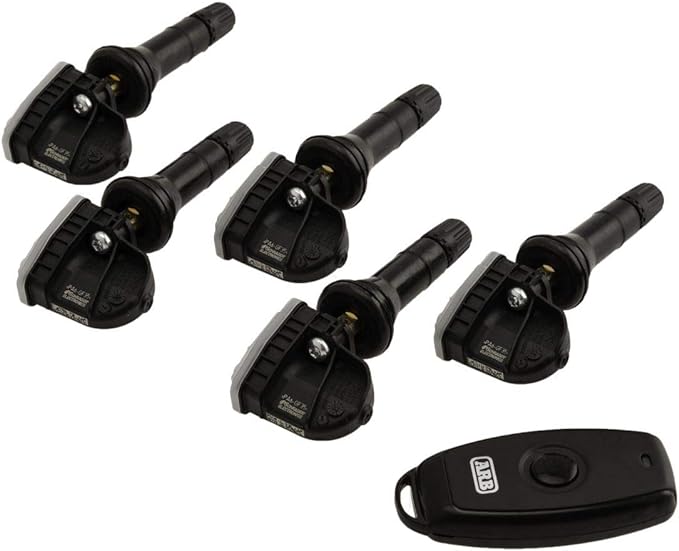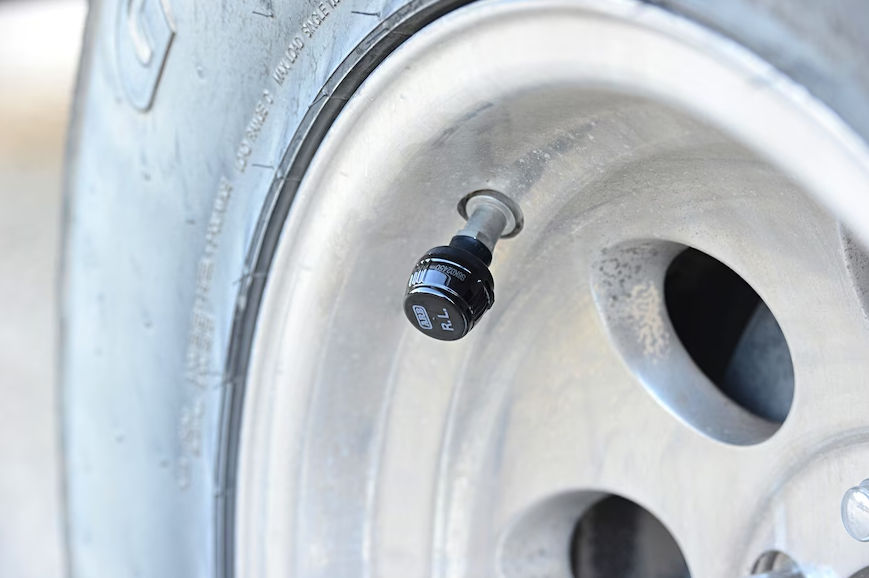
ARB TPMS Review - Worth Buying?
Are you considering investing in a Tyre Pressure Monitoring System for your vehicle?
As the importance of safety and fuel efficiency continues to grow, TPMS systems have become indispensable tools for drivers.
Among the top manufacturers in the TPMS industry, ARB stands out for its exceptional quality and reliability.
In this comprehensive review, we’ll delve into their TPMS systems, discussing their design, features, pros and cons, exploring their common issues, and providing valuable factors to consider when choosing a TPMS system.
By the end of this article , you’ll have a clear understanding of whether an ARB TPMS system is the right choice for you.
Product Overview
Rating: 4.3/5
Pros:
- Top-notch quality and dependability
- Relatively easy to install and use
- Thresholds highly customisable
Cons:
- Somewhat expensive
- Sensors may require periodic replacement or maintenance
- Compatibility with all vehicles not guaranteed
Above is an affiliate link - I may be compensated if you use it to make a purchase. Thank you for supporting Tyre Geek.
ARB TPMS systems utilise a sophisticated blend of sensors and a user-friendly display unit to continuously monitor tyre pressure and temperature for each tyre on your vehicle.
The sensors are expertly placed either inside or outside the tyre valve, effortlessly transmitting vital data wirelessly to the display unit.
This unit provides real-time updates on the tyre pressure and temperature, in addition to issuing audible and visual warnings for any anomalies.
ARB TPMS systems offer the following features:
- Multi-tyre Monitoring: ARB TPMS systems excel in their ability to monitor up to nine tyres, including the spare tyre. This extensive coverage ensures that no tyre goes unwatched.
- Customisable Parameters: Users can fine-tune the pressure and temperature ranges for each tyre, allowing for a personalised monitoring experience.
- Warning System: The TPMS system is equipped with an audible and visual warning system, alerting drivers to low pressure, high pressure, and other potential issues
- Versatile Display Unit: The battery-operated display unit can be conveniently mounted anywhere within your vehicle, offering flexibility in placement.
ARB provides two primary types of TPMS systems: internal and external sensors.
Internal sensors are tucked away inside the tyre valve, making them less susceptible to damage or theft. They also offer more accurate tyre pressure readings.

However, they tend to be pricier and require professional installation.
In contrast, external sensors are mounted outside the tyre valve. While they may be more visible and potentially vulnerable, they are generally more affordable and easier to install.

Features Comparison Table
| Features | ARB TPMS |
|---|---|
| Number of Sensors | Up to 9 |
| Sensor Type | Internal/External |
| Temperature Monitoring | Yes |
| High/Low Pressure Warning | Yes |
| Real-time Monitoring | Yes |
| Leak Detection | — |
| Solar-Powered Display | — |
| Anti-theft Sensors | — |
Common Issues Reported By Users
Lost TPMS Signals
In some instances, users have reported sporadic signal loss between sensors and the display unit. This issue may require troubleshooting to resolve.
Damaged Or Disconnected Sensors
Accidental damage to sensors or disconnections can disrupt the system’s functionality. Users are advised to handle sensors with care.
Malfunctioning Keyless Entry
A small number of users have reported that ARB TPMS systems may interfere with their vehicle’s keyless entry system. This issue, though rare, should be considered.
Improper Learning Procedure
Ensuring relearn procedures during installation is essential for the system to function correctly. Users should follow instructions meticulously to avoid issues.
Factors To Consider When Choosing A TPMS System
Number Of Tyres
Consider the number of tyres on your vehicle, including any spares, to ensure the chosen system can monitor them all.
Vehicle Type
The type of vehicle you drive may influence your choice, as some TPMS systems are better suited for specific vehicle categories.
Budget
Determine your budget constraints and seek a system that offers the best value within your financial limits.
Desired Features
Assess which features are most important to you, whether it’s extensive monitoring capabilities, user-friendly operation, or advanced warning systems.
Conclusion

ARB TPMS systems are an excellent choice for those who prioritise quality and reliability in their TPMS investment.
With a wide array of features and ease of use, they offer a compelling option for drivers seeking to enhance their safety and fuel efficiency on the road.
However, it’s essential to be aware of potential costs associated with sensor replacement and to verify compatibility with your specific vehicle.
When making your decision, weigh the pros and cons carefully and select the TPMS system that best suits your needs.
Drive safely, monitor your tyres effectively, and enjoy the peace of mind that comes with an ARB TPMS.

Louis
I'm Louis, an engineer passionate about helping Australians choose better tyres for their vehicles!
